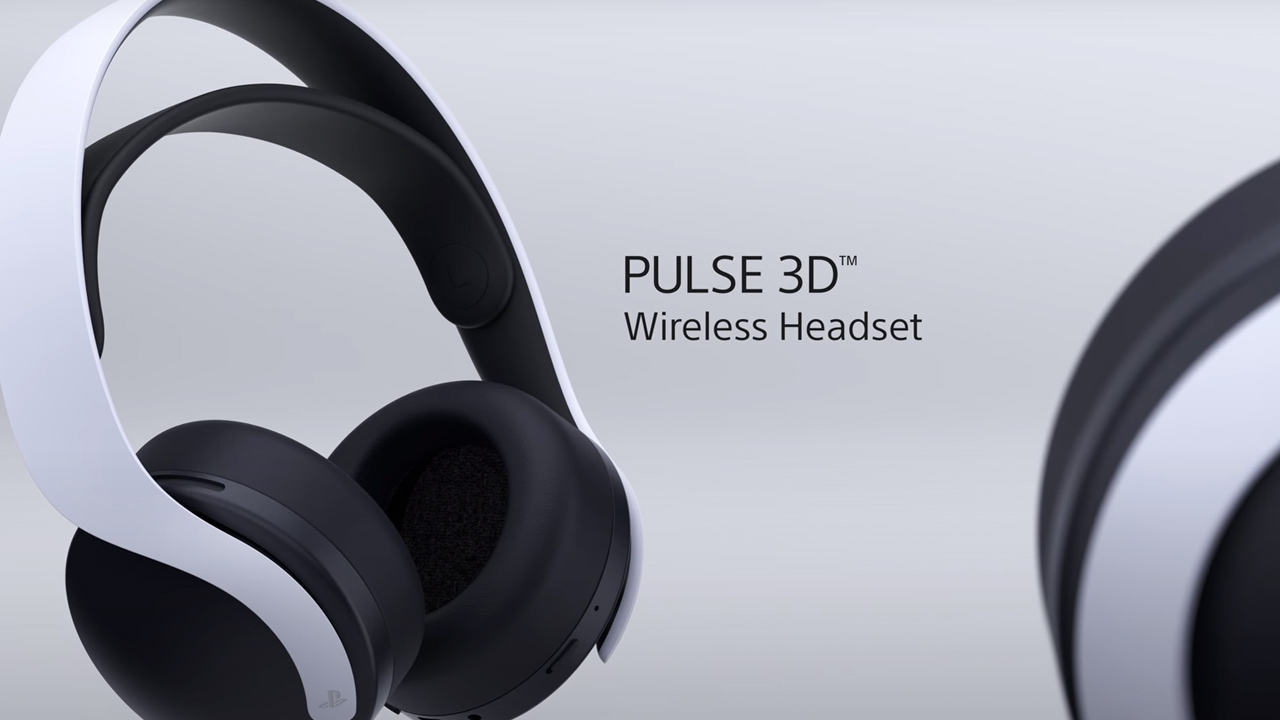
It feels like a while ago now, but as Sony's Future of Games event progressed over the course of its sixty minutes, there was a point where we increasingly started to think we might get a glimpse of the PS5. We weren't prepared for having the extended family of accessories paraded before our very eyes, though. And what's made me wax lyrical since then is not actually the console itself, but the PS5 Pulse 3D headset.
So, humor me while I muse on the next-gen console's headset and what it could feature, and what I hope it might be capable of.
3D audio - here for good?
As you may have guessed by now, the one accessory I will definitely be picking up when I buy a PS5 is the PS5 Pulse 3D headset. There's a reason the official Platinum headset is one of the best PS4 headsets around, and I fully expect the Pulse 3D audio to be one of the best PS5 headsets too. It's got a chic design, in keeping with the PS5's aesthetic, and is the 'official' headset - something which will always attract me and others, due to its intimate relationship with the console and first-party games (hopefully). However, the only description we have on the PS5 Pulse 3D headset is as follows: 'PULSE 3D wireless headset – offering 3D audio support and dual noise-canceling microphones'. Pretty bare-bones stuff. But let's analyze each bit in brief.
It's wireless, which is obvious in the year 2020, but still great. Hopefully, this generation of consoles (not to mention PC and VR) will embrace further wireless solutions to our devices where appropriate. Anyway. That means it'll likely have a Bluetooth connection, and I hope this will be done from within the PS5 - my only gripe with the PS4's dongles is that if they are to break, there's no way to get a replacement. Plus, having fewer things sticking out of one's console can only be a good thing.
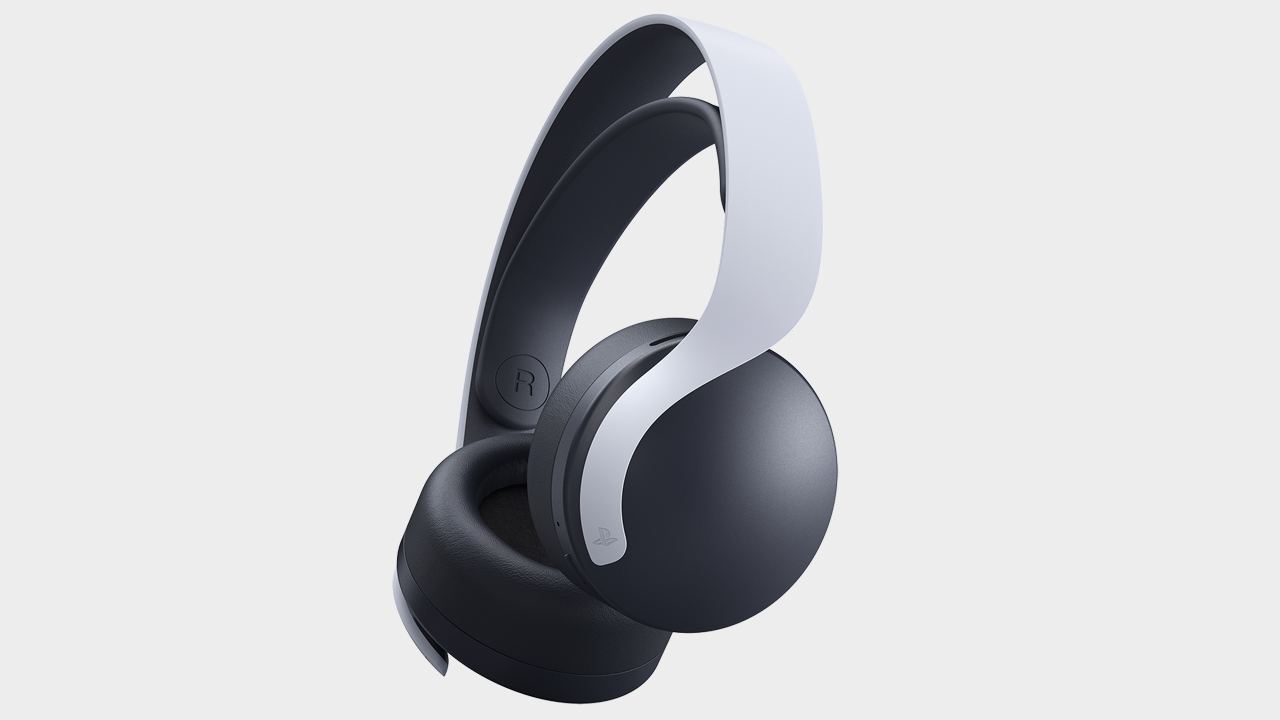
The inclusion of noise-canceling microphones is not a ground-breaking development in this day and age, but they might well be an advancement of what Sony has made before in its PlayStation headsets: again, the Platinum headset, which I use, has dual microphones built-in but they are only described as being able to 'cancel out distracting noise'. This is not the same as noise-canceling per se, so I think they'll be an enhancement of that, and something akin to what we see on Sony's entries in the best headphones market.
On the note of microphones, though, I'm also hoping that the speech microphones will be the variety that we often see on Razer headsets: the type that only picks up noise and your speech when you are speaking directly into it. I.e. it otherwise mutes itself to ensure no background noise from your room or house comes through to your teammates. There have been plenty of times where my wife's phone conversation in the kitchen can be heard clearly by my teammates when I'm using my Platinum headset, so cutting that out to offer an enclosed audio experience, in both directions, would be an advancement, particularly with the noise-canceling aspect.
On to 3D audio. Sony has dabbled with the 3D audio before in its Platinum headset but it never really took off. There are a handful of games to use this enhancement - an audio design that goes beyond surround sound and enables audio to come at you from up and down as well as around you - and the most spectacular was Uncharted 4. Here, the alluring but often elusive 3D audio delivered even more crisp, positional sound from every angle. For example, at the beginning of Uncharted 4 while in Nate's attic, you can hear Elena shout from what genuinely feels like downstairs - as well as from your left or right, generally. Among other games like God of War and Red Dead Redemption 2, The Last of Us Part II recognized the 3D audio capability of my Platinum and automatically selected that as the audio setup, so I'd add that game to the list too (Naughty Dog themselves previously said that the future was big for 3D Audio and they can't wait to use it more, so I'd bet that the almost nailed-on PS5 version of The Last of Us Part II will feature it).
Sign up to the GamesRadar+ Newsletter
Weekly digests, tales from the communities you love, and more
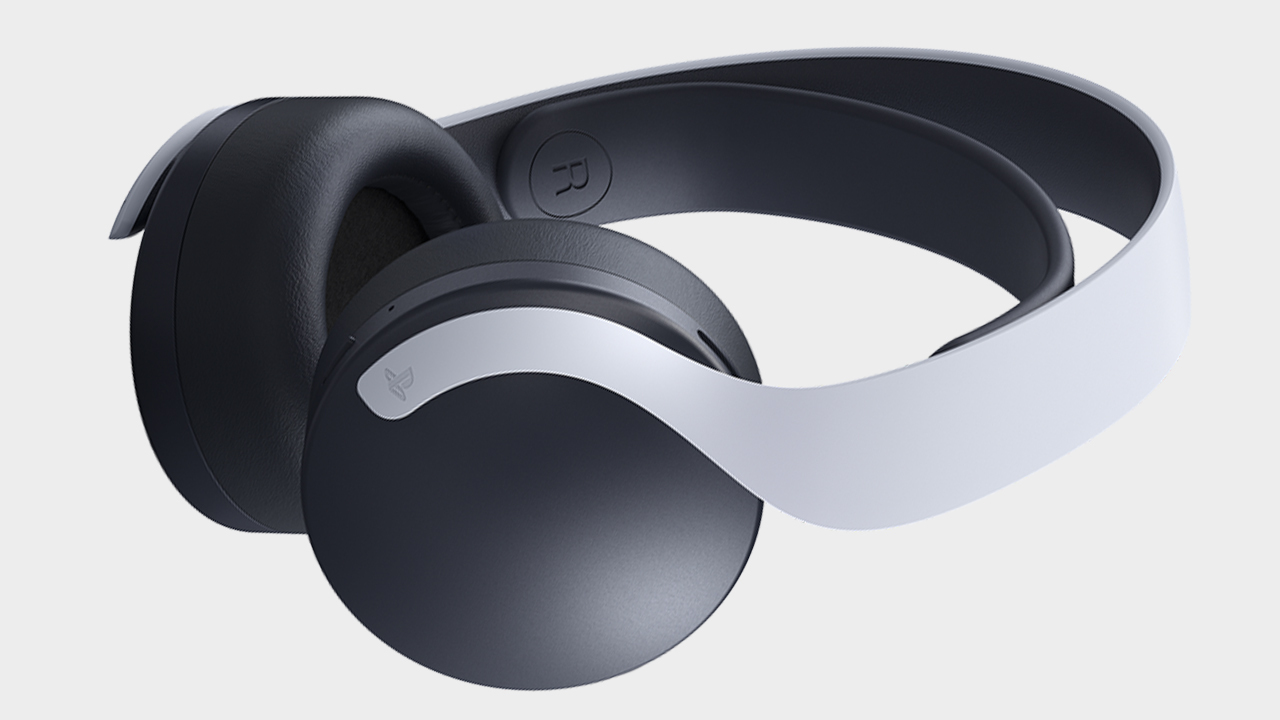
Getting back to actual facts and what to look forward to, 3D audio was one of Mark Cerny's big points in his hardware deep-dive on the PS5 specs where he revealed the Tempest 3D Audio Tech. The "tempest engine" is based on AMD's GPU technology, and, in layman's terms, is integrated into the PS5's hardware architecture and is purely dedicated to audio. This integration means it will harbor great power directly from the machine and can dedicate all of that oomph into 3D audio. He describes it by saying that "...audio had to be part of the console, it couldn't be a peripheral".
As well as the directional detail that 3D audio will bring - Cerny said 3D audio will allow us to identify exactly where enemies are, rather than just which side or direction from our position they are - it will also heighten the immersion in games through audio to levels never before experienced. "At some point, your brain would take a leap. You'd begin to have this feeling of real presence inside the virtual world of the game", he said, going on to describe how 3D audio will make players feel like "you're actually there". This is incredibly exciting and if 3D audio becomes the standard in PS5 games, and next-gen more broadly, then this will be a true treat.
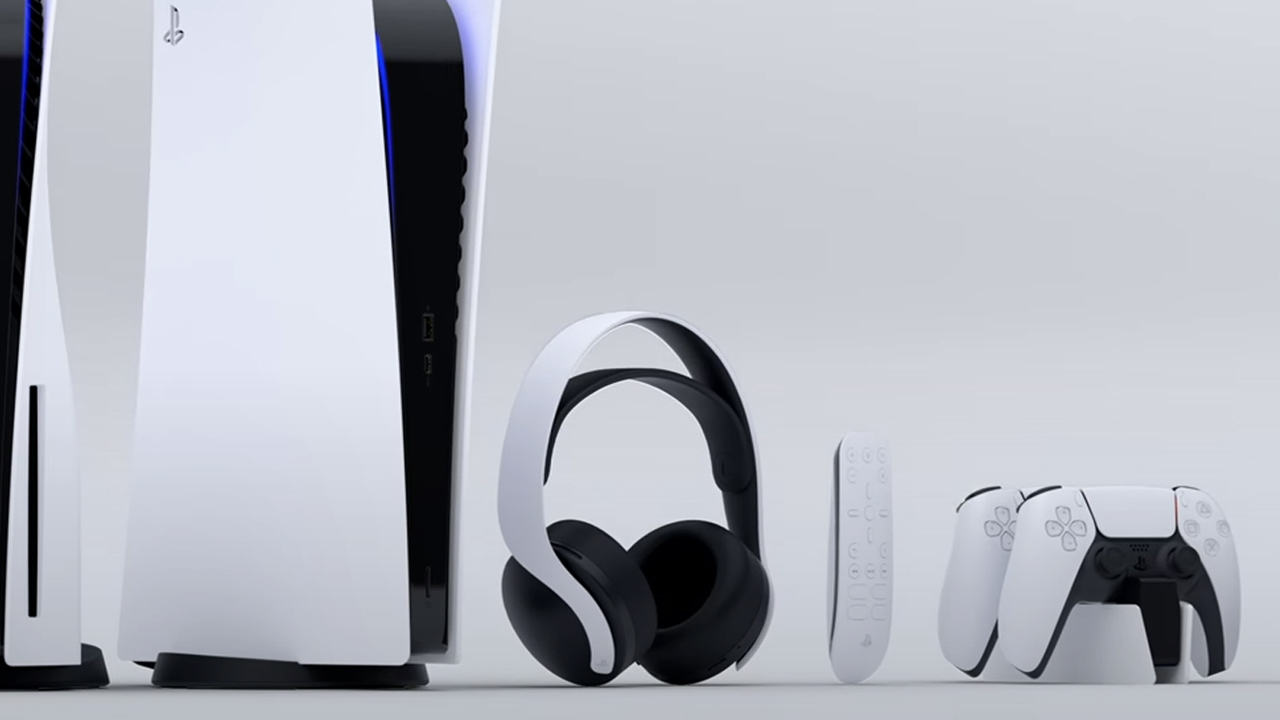
PS5 Pulse 3D headset - what else can we expect?
Lastly, I want to finish with the word 'Pulse'. This could be totally innocuous or something a bit more revealing so you'll have to let me ramble just for a bit longer. In its simplest guise, we have had a 'Pulse' headset before, with the PS3, so it could be nothing more than Sony bringing back a cool and semi-established product name for the PS5. Or it could be a happy coincidence because Pulse could indicate some sort of haptic feedback and functionality…
Now, this would be very exciting. We know for a fact that the PS5 controller, the DualSense, will have haptic feedback to capture real sensations like "slow grittiness of driving a car through mud" or even enable you to feel the rain. And it might not be much of a leap to imagine that being implemented on the Pulse 3D headset as there are already headsets out there which offer the same function - the most feature-filled of the Razer headsets, the Nari Ultimate, being the obvious example - and, because Cerny was very keen on using the example of rain for 3D audio, that might reveal some haptic 'opportunity' at least. Cerny said that instead of selecting a single 'rain sound', the PS5 will allow developers to incorporate "lots of 3D audio sources for raindrops hitting the ground in all sorts of locations around you." This is me joining some dots of my own accord, admittedly, but if we can feel the rain on the DualSense, then I can imagine rain coming through a headset's haptic feedback too.
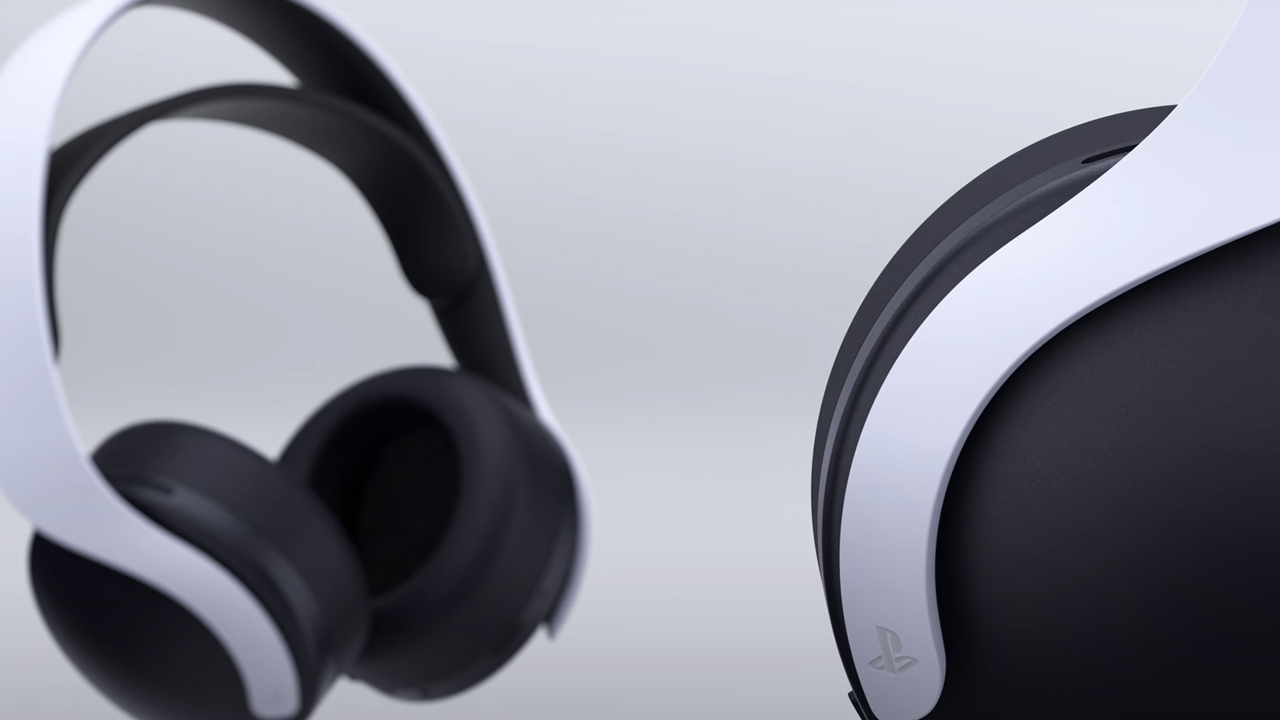
So, while there's not much to go on officially regarding the Pulse 3D headset, there's enough to dig into with a little consideration and conjecture, to know that it'll be one of the best PS5 headsets going, particularly at launch - and probably one of the best gaming headsets of next-gen. It's also a good guess to say that the Pulse 3D headset will be compatible with whatever PSVR looks like in the future too as Sony will look to make its family of official peripherals work with each other seamlessly, efficiently, and excellently. (On this, I wonder what's in store for storage because if there are official PS5 SSD upgrades, similar to a current PS4 SSD or PS4 external hard drive that we can buy now, then I'll be all over that too.)
If you gravitate toward the official brand of peripherals like me, then I think we're in for a treat with further integration of audio into games generally, but also how we experience audio through our hardware.
Rob is the Deputy Editor of sister site, TechRadar Gaming, and has been in the games and tech industry for years. Prior to a recent stint as Gaming Editor at WePC, Rob was the Commissioning Editor for Hardware at GamesRadar+, and was on the hardware team for more than four years, since its inception in late 2018. He is also a writer on games and has had work published over the last six years or so at the likes of Eurogamer, RPS, PCGN, and more. He is also a qualified landscape and garden designer, so does that in his spare time, while he is also an expert on the virtual landscapes and environments of games and loves to write about them too, including in an upcoming book on the topic!



